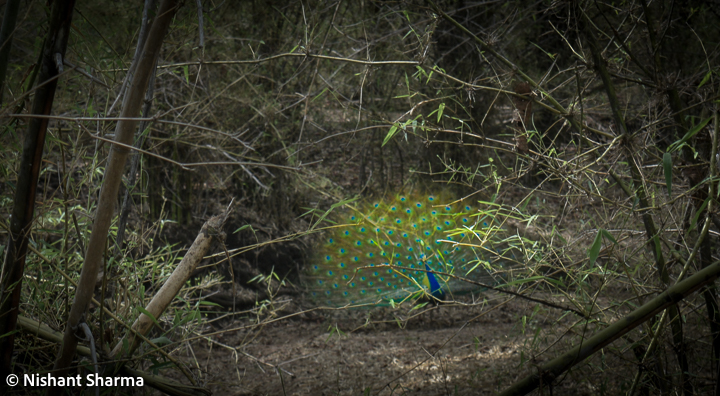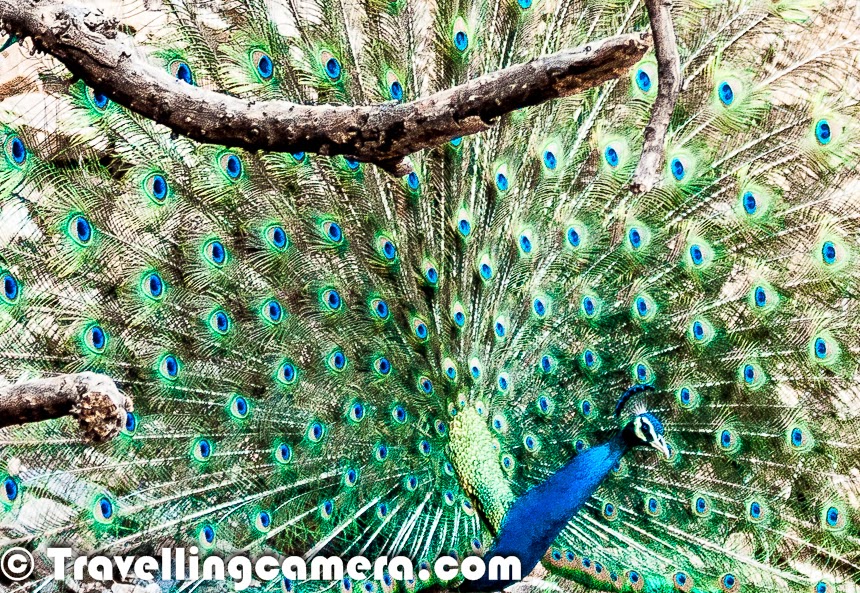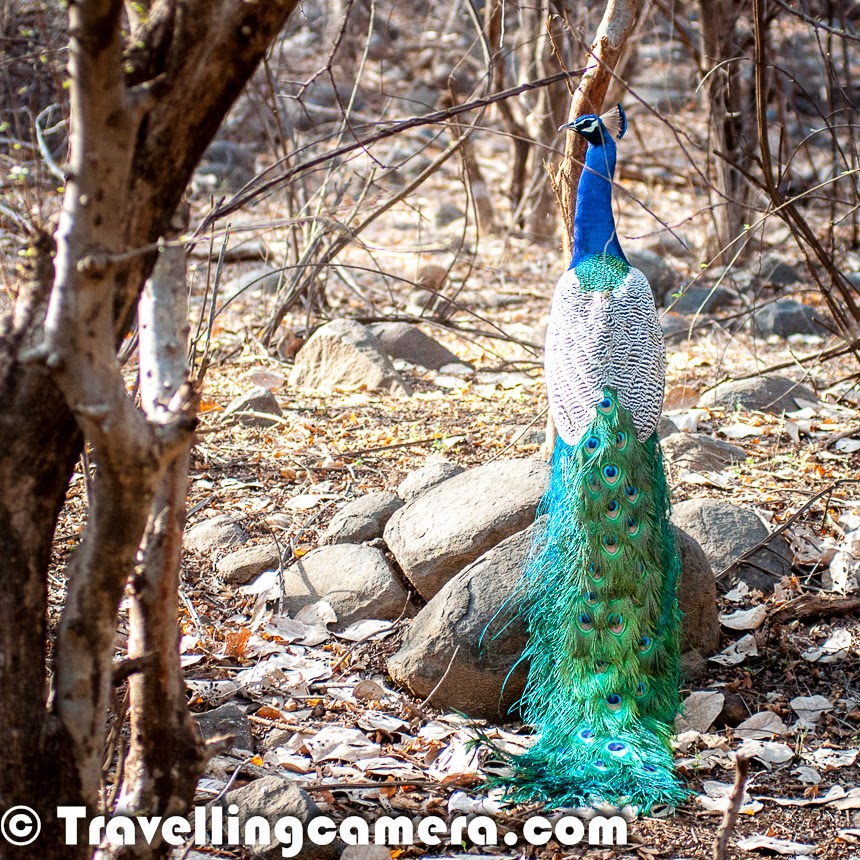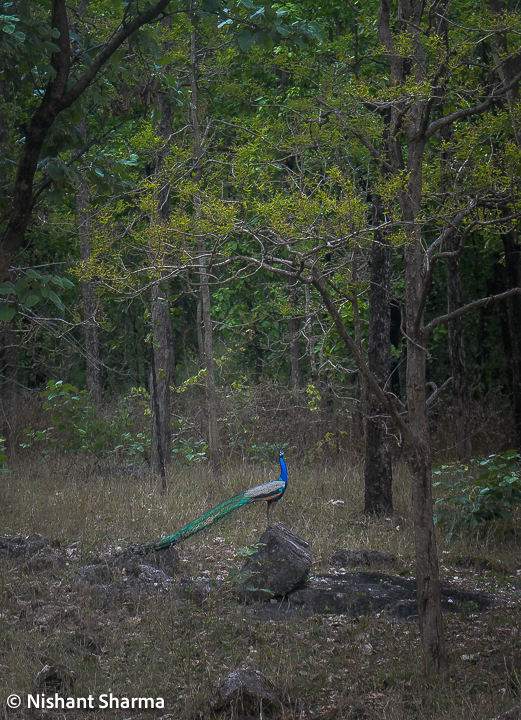In the vibrant tapestry of India's rich wildlife, few creatures command attention quite like the Indian Peacock (Pavo cristatus). With its resplendent plumage, mesmerizing displays, and cultural significance, the Indian Peacock stands as a symbol of beauty, grace, and timeless allure. Join us as we embark on a journey to explore the captivating world of the Indian Peacock and uncover the secrets of its majestic presence.
A Tapestry of Colors
The Indian Peacock, also known as the peafowl, is renowned for its striking appearance, characterized by iridescent blue-green plumage, long and elegant tail feathers adorned with eye-catching "ocelli" or eye spots, and a majestic crest atop its head. The male peacock, known as the peafowl, displays a vibrant train of feathers during courtship displays, which can measure up to 60% of its total body length. The female peahen, although less adorned, possesses a subtle beauty of her own, with muted brown plumage that serves as effective camouflage in the forest understory.
Cultural Significance
The Indian Peacock holds a special place in Indian culture, mythology, and folklore, symbolizing beauty, fertility, and auspiciousness. In Hindu mythology, the peacock is associated with the goddess Saraswati, who represents wisdom, learning, and the arts. The peacock's graceful dance during the monsoon season is believed to herald the arrival of rain and is celebrated as a harbinger of prosperity and abundance. The peacock's feathers are also used in traditional rituals, ceremonies, and decorative arts, symbolizing beauty, elegance, and spiritual grace.
Courtship Displays
During the breeding season, male peacocks engage in elaborate courtship displays to attract mates. These displays typically involve the male unfurling its vibrant tail feathers into a fan-like display and rhythmically shaking them while emitting low-frequency calls and vocalizations. The shimmering colors and intricate patterns of the peacock's train are mesmerizing to behold, serving as a visual spectacle that showcases the bird's vitality, strength, and genetic fitness.
Habitat and Conservation
The Indian Peacock is found in a variety of habitats across the Indian subcontinent, including forests, grasslands, agricultural landscapes, and urban areas. Despite its wide distribution and cultural significance, the Indian Peacock faces various threats to its survival, including habitat loss, poaching, and illegal trade. Conservation efforts aimed at protecting peacock habitats, mitigating human-wildlife conflict, and raising awareness about the importance of biodiversity conservation are essential for safeguarding this iconic bird and its natural habitat.
As we conclude our journey into the enchanting world of the Indian Peacock, we are reminded of the timeless allure and cultural significance of this magnificent bird. With its resplendent plumage, mesmerizing displays, and profound symbolism, the Indian Peacock embodies the beauty, grace, and spiritual richness of India's natural heritage. As guardians of beauty and symbols of hope, may the Indian Peacock continue to inspire awe and admiration for generations to come.








.jpg)
Comments